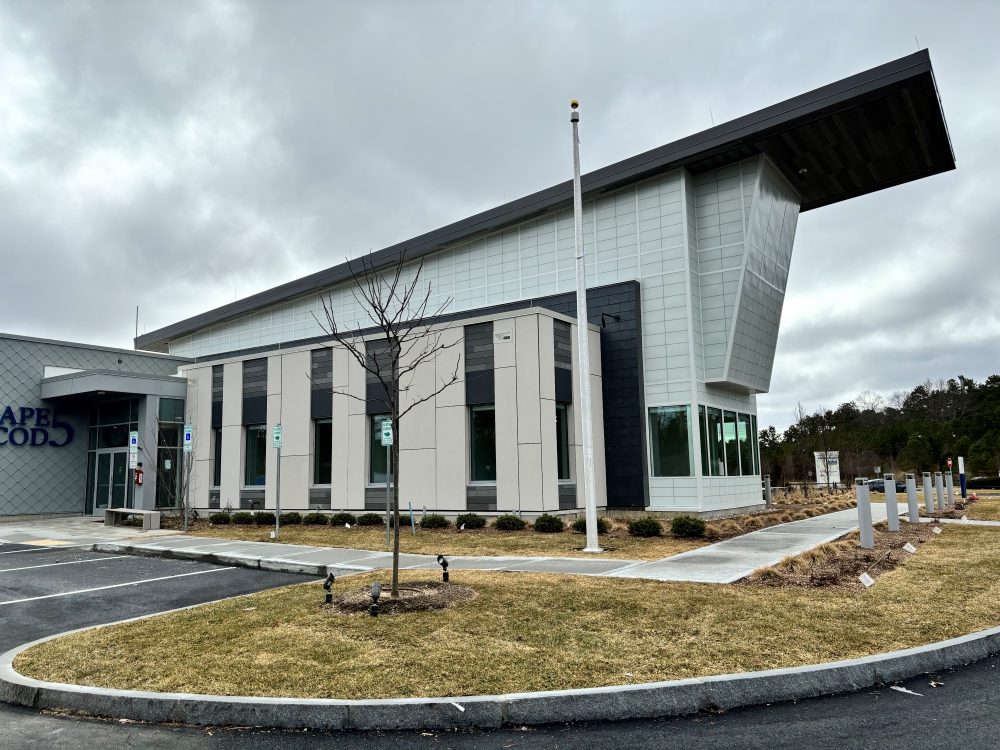Maybe Mr. Pothier’s article, “A (dollar sign) of Plymouth’s Growth: More Banks” should read, “Heads Up Plymouth!” As a Planning Board member, seeing the number of banking chains applying for full-service brick-and-mortar permitting has been striking. I believe at a recent meeting I referred to Plymouth as Delaware II (only a bit of a stretch), considering the town’s relative size and the banks per person. Mr. Pothier’s article writes about banks and in-person convenience but says little about the implications to current residents of “Plymouth’s Growth” and banks.
As the Harvard Business Review writes: “Overall, the new presence of full-service banks in a town can help facilitate economic growth by providing access to capital, supporting local businesses, attracting new residents and businesses, and investing in community development initiatives.” This dovetails with the new Master Plan Committee’s overview: “Plymouth continues to be one of the fastest growing communities in the Commonwealth… Plymouth still has significant amounts of open space, drawing in residents and developers. Population projections show continued residential growth in the coming decades. Increasing housing values (faster than inflation) and new housing construction at higher price points are displacing modest income households and accommodating wealthier households. Plymouth is also seeing significant increases in its older population (age 55+), even outpacing the trend seen state and nationwide. Plymouth remains predominantly white (about 93 percent) but, like the surrounding region, is experiencing a modest increase in its Latino population.”
With the brick-and-mortar banking investment in capital for development, businesses and mortgages, the enormous investment in infrastructure to support what development brings – population increases that the banks know will follow: police, fire, schools, roads, traffic and increases in town staff to manage growth will continue to be primarily funded by taxpayers (not businesses, not in Plymouth) accompanied by the loss of forests and any of our open space. The 1,500 Holtec acres, the 1,000 acres in South Plymouth are just the most well-known. The Community Preservation Committee’s new applications to spring Town Meeting in April are significantly slanted toward housing (millions of taxpayer funds) instead of the preservation of open space. (particularly the “Redbrook” article).
Participate in the master planning process. Read carefully what is published as a final plan. Brush aside the marketing and aspirational wording. While it may not have adjudicatory powers, the final new Master Plan will be a clear, “Heads Up Plymouth”! And if you don’t insist on participation in writing it – it will become apparent what’s already being written for you. (The Master Plan Committee meetings are published on the town’s website. An initial overview was presented Wednesday, Feb. 27, at the Planning Board meeting.)
Birgitta Kuehn
Planning Board member

